This tutorial describes the method to calculate the area of a triangle and a parallelogram To calculate the area of a triangle: 1. Draw a perpendicular line from the base to the top vertex of the triangle.2. Measure the length of this perpendicular line and call it as its height.3. Measure the length of the base of the triangle.4. Area of the triangle is equal to half the product of the height and the base. In other words, Multiply the height and base. Divide the resultant value by 2. This is the area of the triangle. For example, if the height is 10 cms and base is 6 cms, then the area is 10X6 = 60. 60 / 2 = 30. Area = 30 square cms. Calculating the area of parallelogram is little bit easier when compared with triangle. To calculate the area of a parallelogram: 1. Figure out the perpendicular height of the parallelogram as did for triangle.2. Measure the length of the base.3. Area of the parallelogram is equal to the product of the height and base. In other words, multiplying the height and base gives the area of the parallelogram. For example, if height is 15 cms and base is 10 cms, the area is 15 X 10 = 150. Area = 150 square cms.
Just updated your iPhone? You'll find new emoji, enhanced security, podcast transcripts, Apple Cash virtual numbers, and other useful features. There are even new additions hidden within Safari. Find out what's new and changed on your iPhone with the iOS 17.4 update.



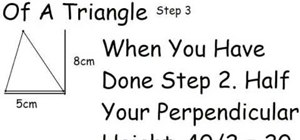

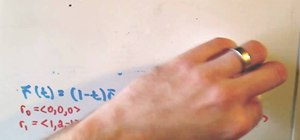

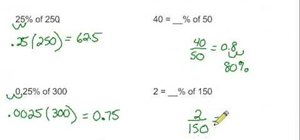

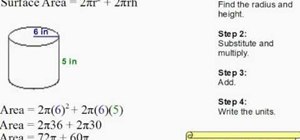


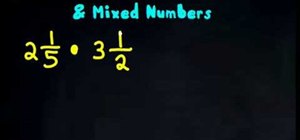

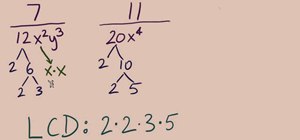
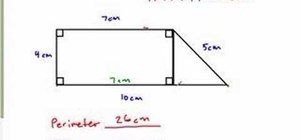

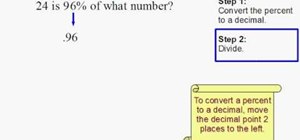

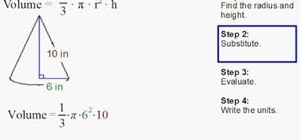

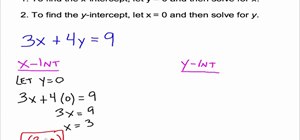

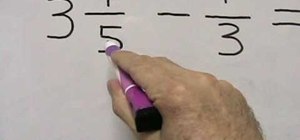
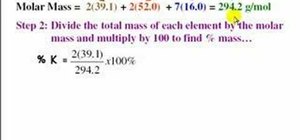
Be the First to Comment
Share Your Thoughts